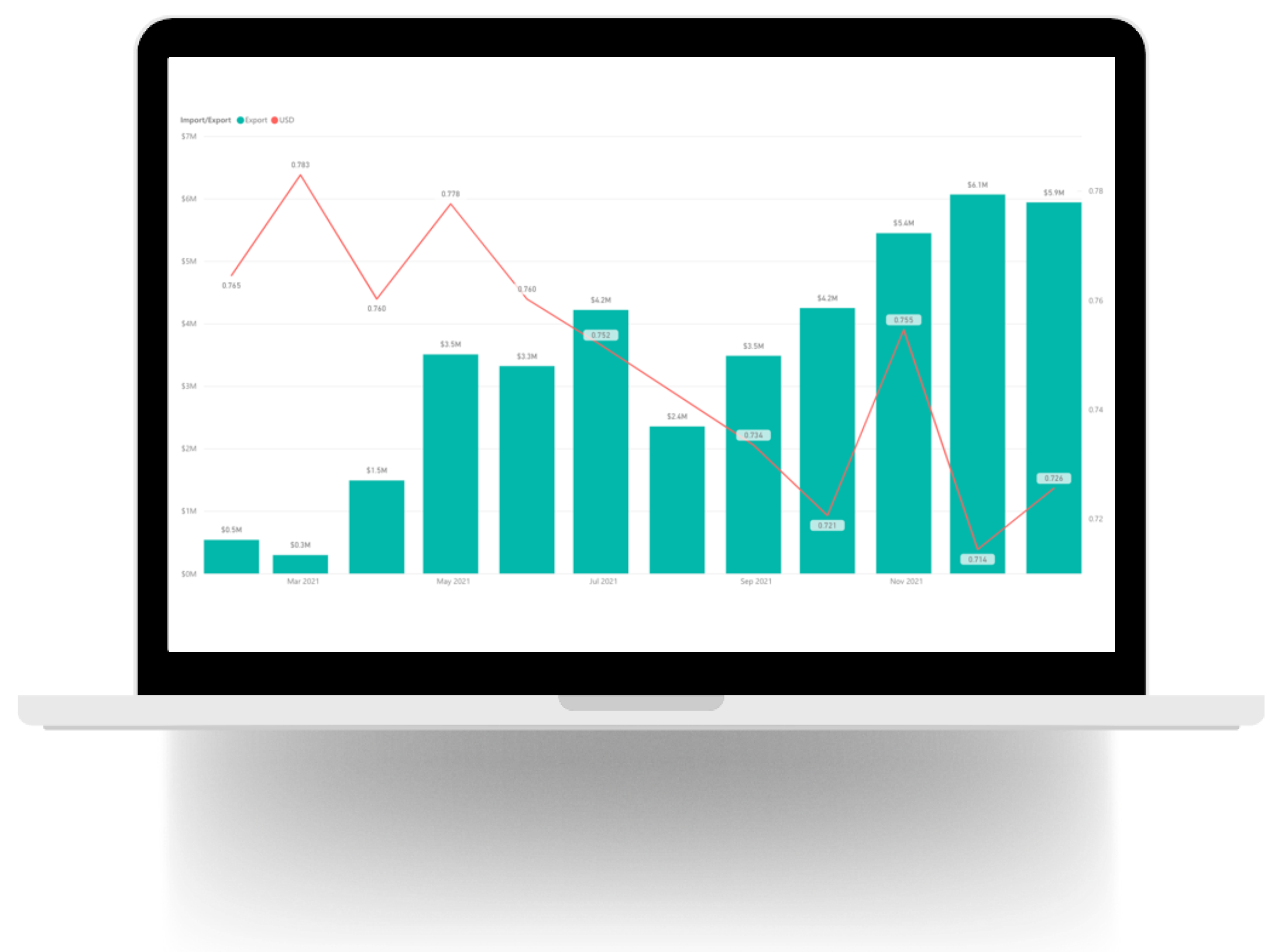![AdobeStock_261458823 [Converted]](https://www.exportingseafood.com.au/wp-content/uploads/2023/05/INDO.jpg)
Indonesia Market Overview

Population
276.36 million

GDP (2021)
USD 1.19 Trillion

Per Capita GDP
USD 4,291.8

GDP Growth
3.7%
Source: World Bank 2021 (https://data.worldbank.org/)
Indonesia Imports
The following information is a snapshot in time to give you a general overview of Indonesia’s top importing products. This information is sourced from FAO Globefish market profile for Indonesia (2019). Some of this information may change from time to time, therefore we encourage you to go directly to FAO Globefish for the most up-to-date information.
Imports – Top 10 Products (Value)
1
Flours, meals, pellets. Unfit for human consumption
from fish or aquatic invertebrates
(HS 2301.20)
USD 81 722 830
2
Crabs
frozen
(HS 0306.14 )
USD 51 182 470
3
Skipjack, stripe-bellied bonito
frozen; excluding fillets, livers and roes
(HS0303.43)
USD 34 895 380
4
Mackerel
frozen; excluding fillets, livers and roes
(HS 0303.54)
USD 31 147 810
5
Trout
fresh or chilled; excluding fillets, livers and roes
(HS 0302.11)
USD 17 894 930
6
Shrimps, prawns
frozen
(HS 0306.17)
USD 17 443 190
7
Yellowfin tunas
frozen; excluding fillets, livers and roes
(HS 0303.42)
USD 17 126 390
8
Fish fats or oils and fractions thereof
not chemically modified or from fish-livers
(HS 1504.20)
USD 15 408 370
9
Sardines, sardinella, brisling or sprats
frozen; excluding fillets, livers and roes
(HS 0303.53)
USD 13 011 610
10
Fish
prepared or preserved
(HS 1604.20)
USD 11 838 100
Source: FAO Globefish Market Profile for Indonesia – 2019 (https://www.fao.org/in-action/globefish/countries/en/)
Globefish provides information and analysis for global trade in fish and fish products. Search for information about the size of the market, the top imported product and formats as well as other important market information. The information here is a snapshot from 2019 – check the link for more recent information.
FRDC Trade Database
Australian Exports to Indonesia
This database provides a wealth of seafood exporting and importing information with the ability to look at seafood production and trade data.
The database allows you to filter the data by year, export market destination and species. You also have the option to look at the data by seafood trade value or volume.
The FRDC database sources information from the Australian Bureau of Statistics.
Find seafood production and trade data for your products and markets

Seafood Specific Information
Micor Importing Requirements
Micor (Fish) sets out the know importing country requirements, which differ from or are additional to Australian export conditions and which must be met to gain market access.
Seafood Export Program Report
The latest summary report from the Australian Government on registrations, export shipments and markets, exports by product, and exports.
Generic information about exporting to Indonesia
Austrade Export Market Profile
To view a market profile that outlines information on doing business with Indonesia, news and insights, events, and information about visiting Indonesia.
Free Trade Agreement
The Indonesia-Australia Comprehensive Economic Partnership Agreement (IA-CEPA) entered into force on 5 July 2020.
DFAT Indonesia Brief
Information about the land, people, history, government, political conditions, economy and foreign relations.
Relevant Indonesia Based Authorities
Ministry of Investment
Export Market Reports
Are you looking to diversify your seafood export markets, but not sure if a market is right for you and your business? SIA has developed a series of FREE market summaries and supply chain guides to help producers gain valuable insights into new markets and make informed business decisions.
